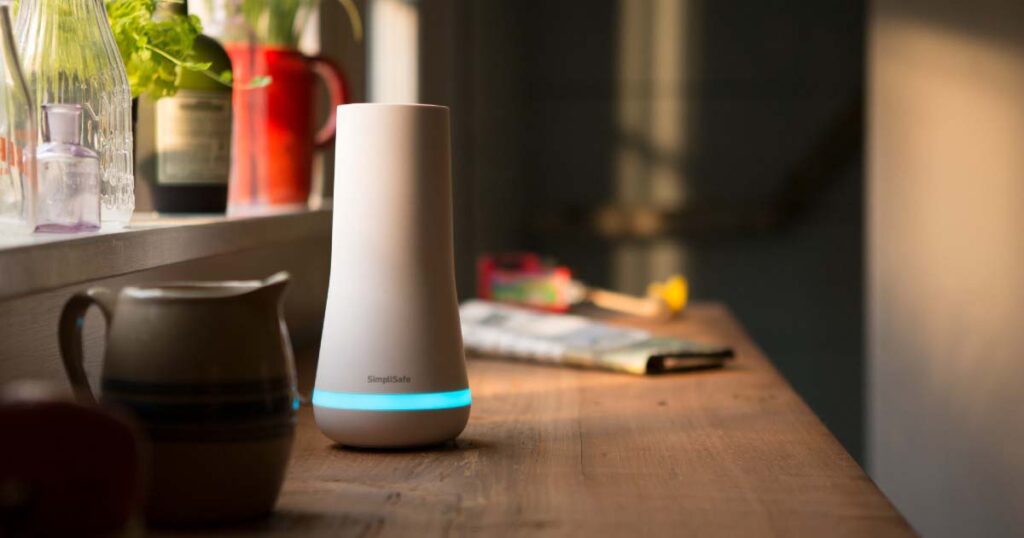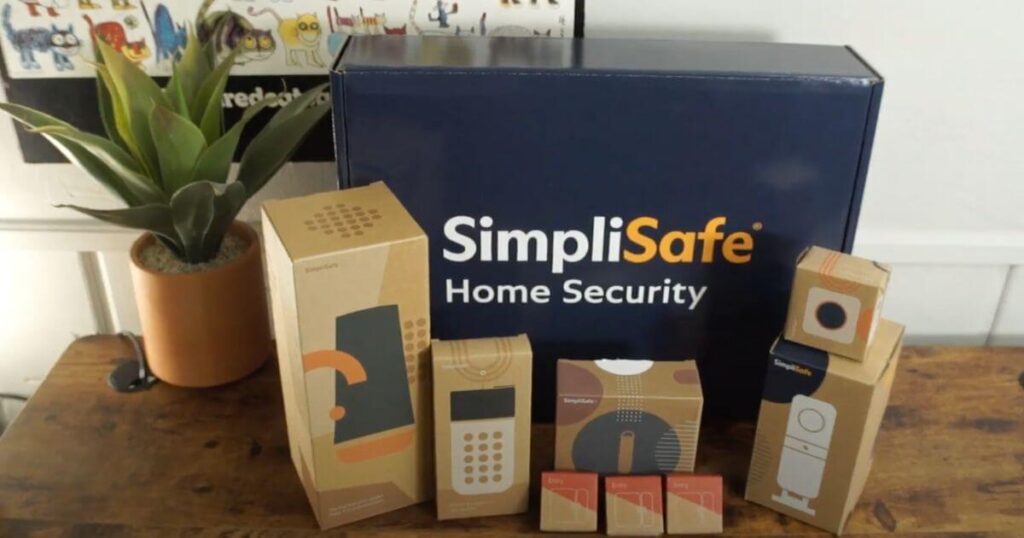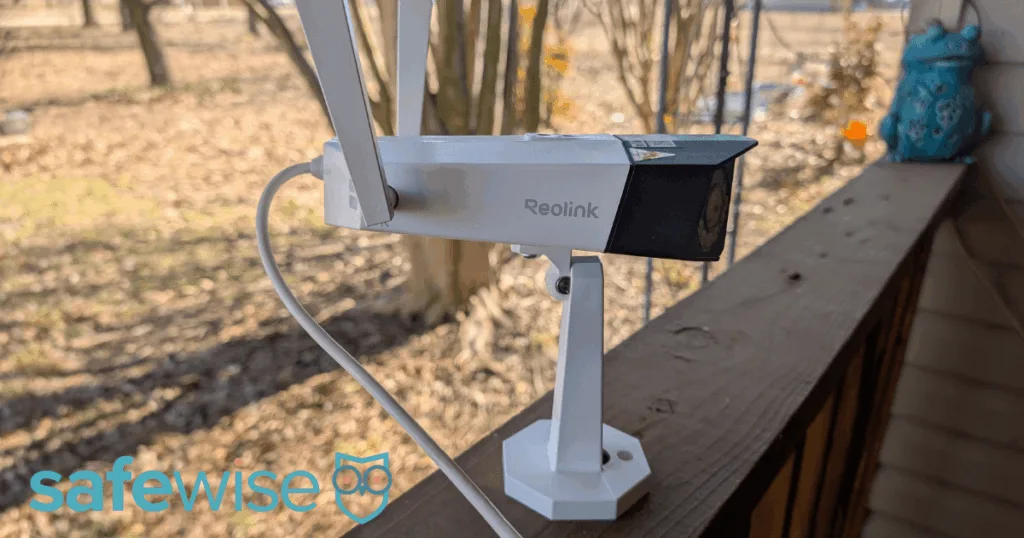Like their door sensor counterparts, window sensors take only a few minutes to install. You can use a strong adhesive to attach the sensor to the window. Place the main sensor on the window frame and attach the smaller piece to the window pane.
When the window is closed, the two pieces should be parallel with only a small space between them. If they aren’t placed evenly enough, they won’t maintain a circuit. When your window is pulled open, the two pieces will separate, and the sensor will alert the control panel. For more comprehensive protection, you should have a sensor placed on every window in your home.
Read more: How to Install Entry Sensors
With some systems, you can customize how and when your window sensors release an alarm. You may want to receive an alert only if a window opens when your alarm is armed. Or, you may want to hear a notification bell any time a window opens, regardless of whether the main alarm is set.
Like any device, window sensors require some maintenance. If you don’t use a strong enough adhesive, you may have to reapply the sensor if it falls off. The sensor may also eventually run out of batteries. If a window sensor sets off a false alarm or malfunctions, notify your home security company to replace it.
There are a variety of window sensors on the market, some of which offer unique features or integrations. Check out our guide to door and window sensors for comprehensive reviews of our top picks.



